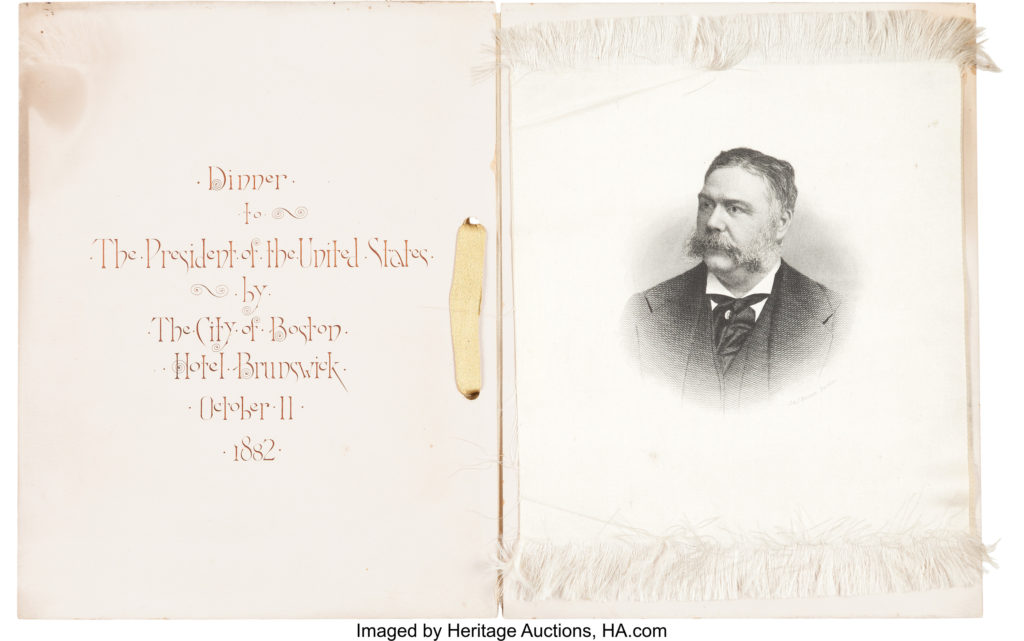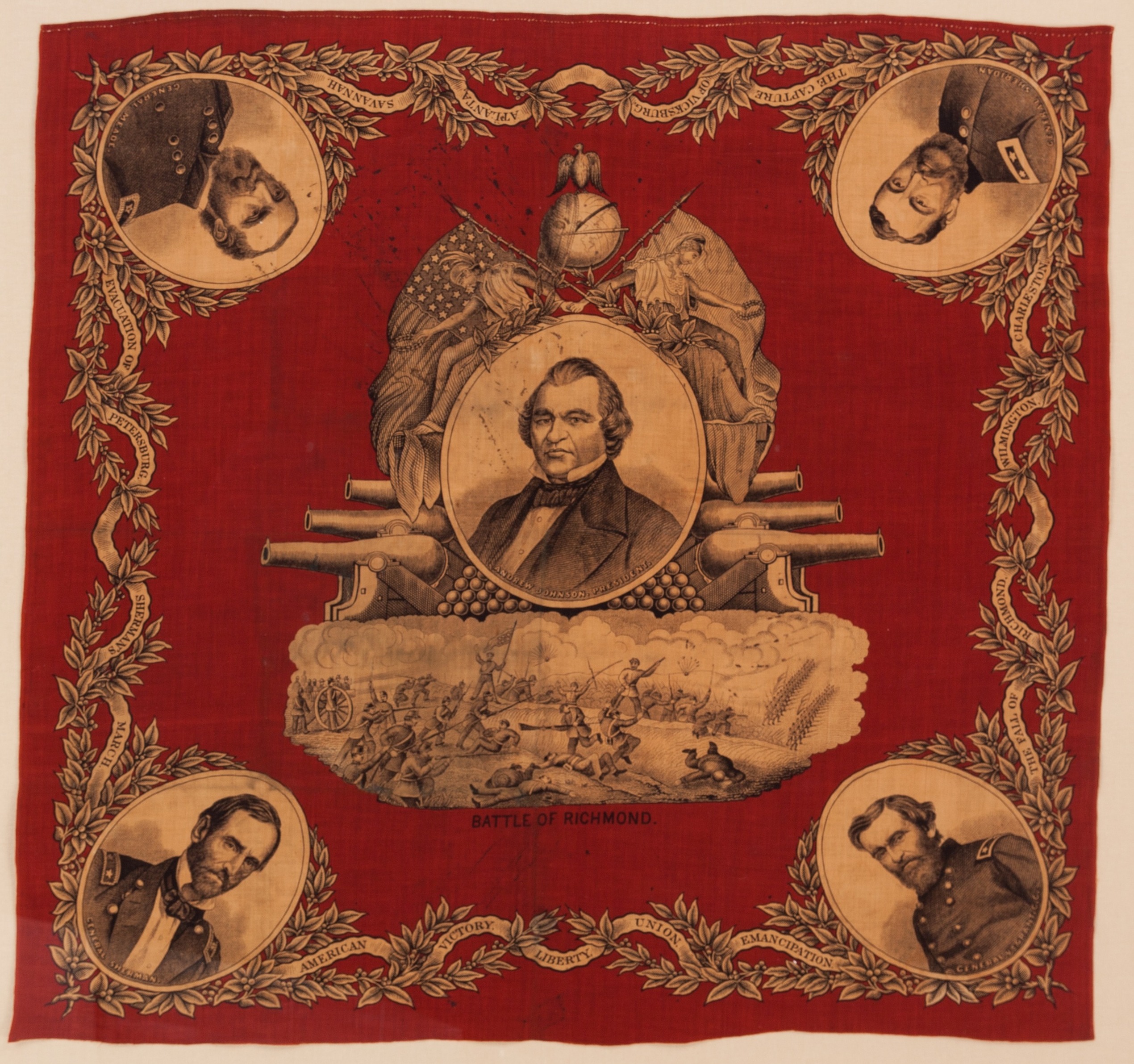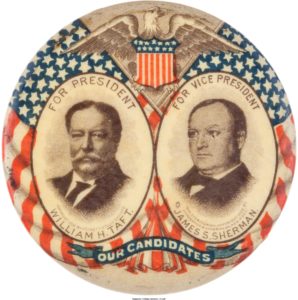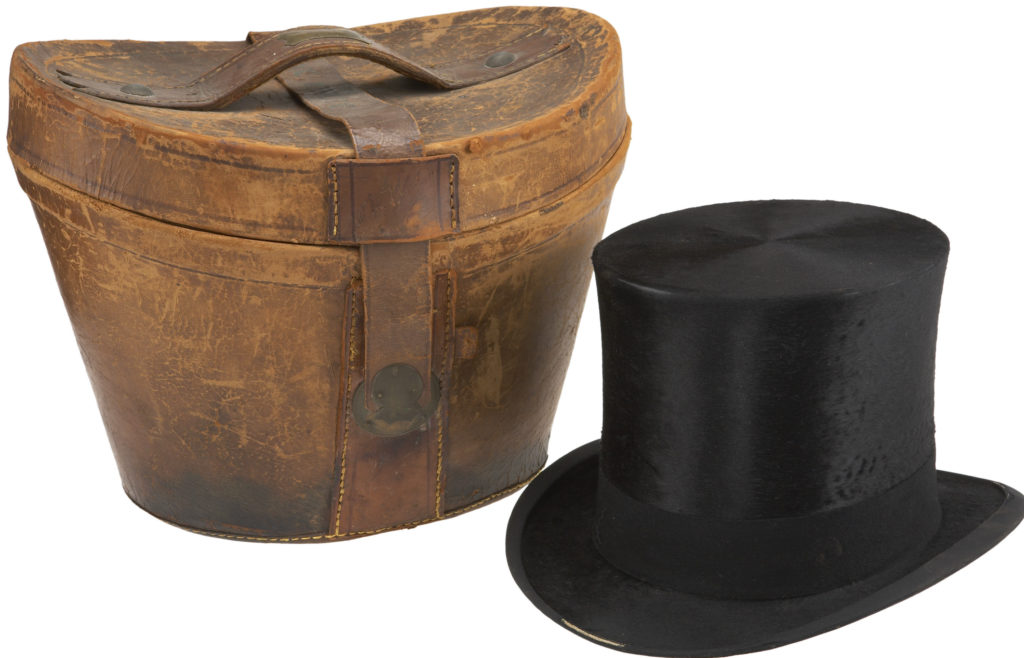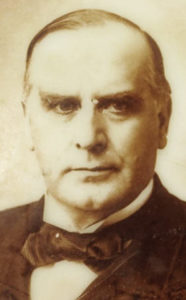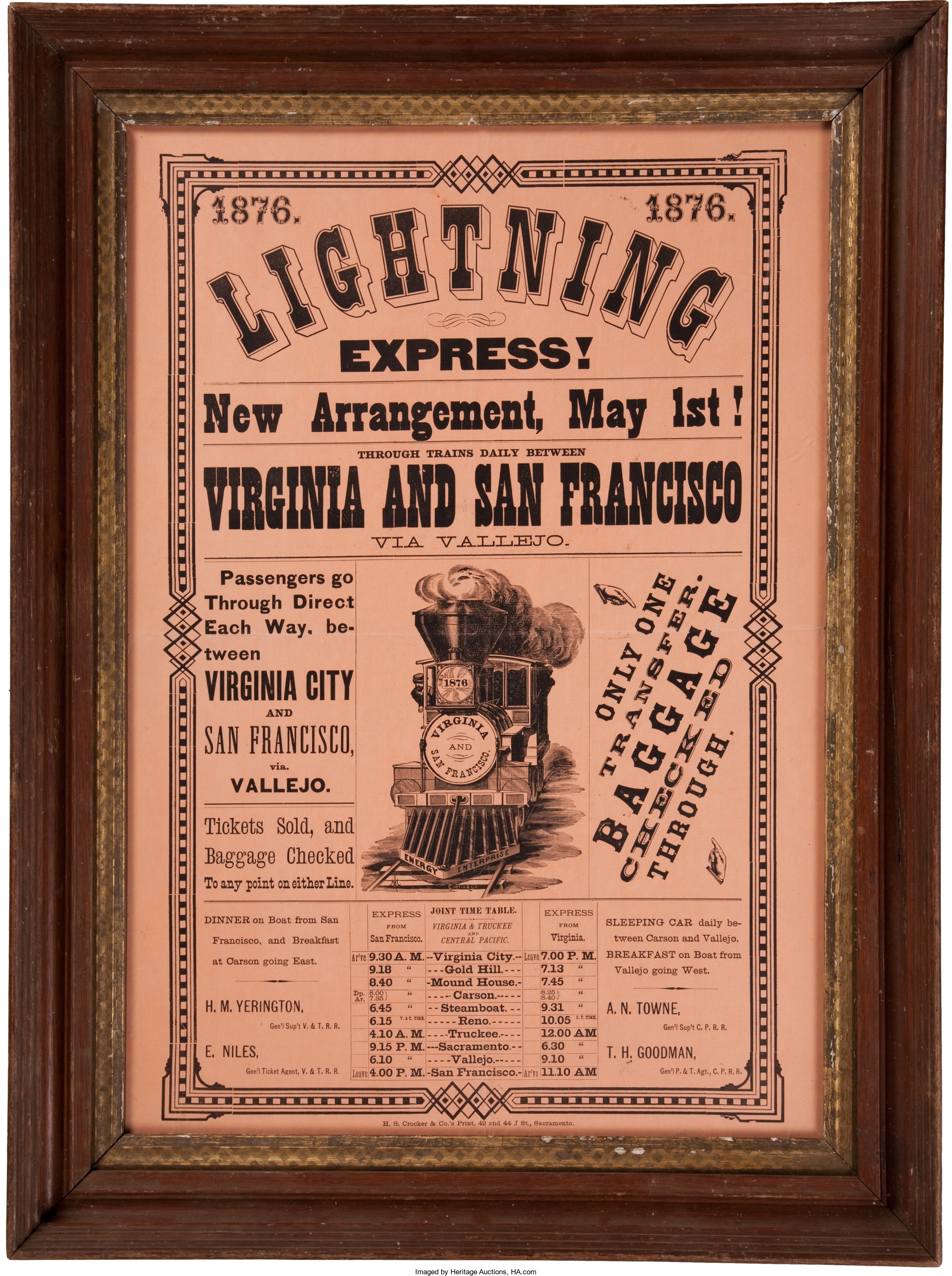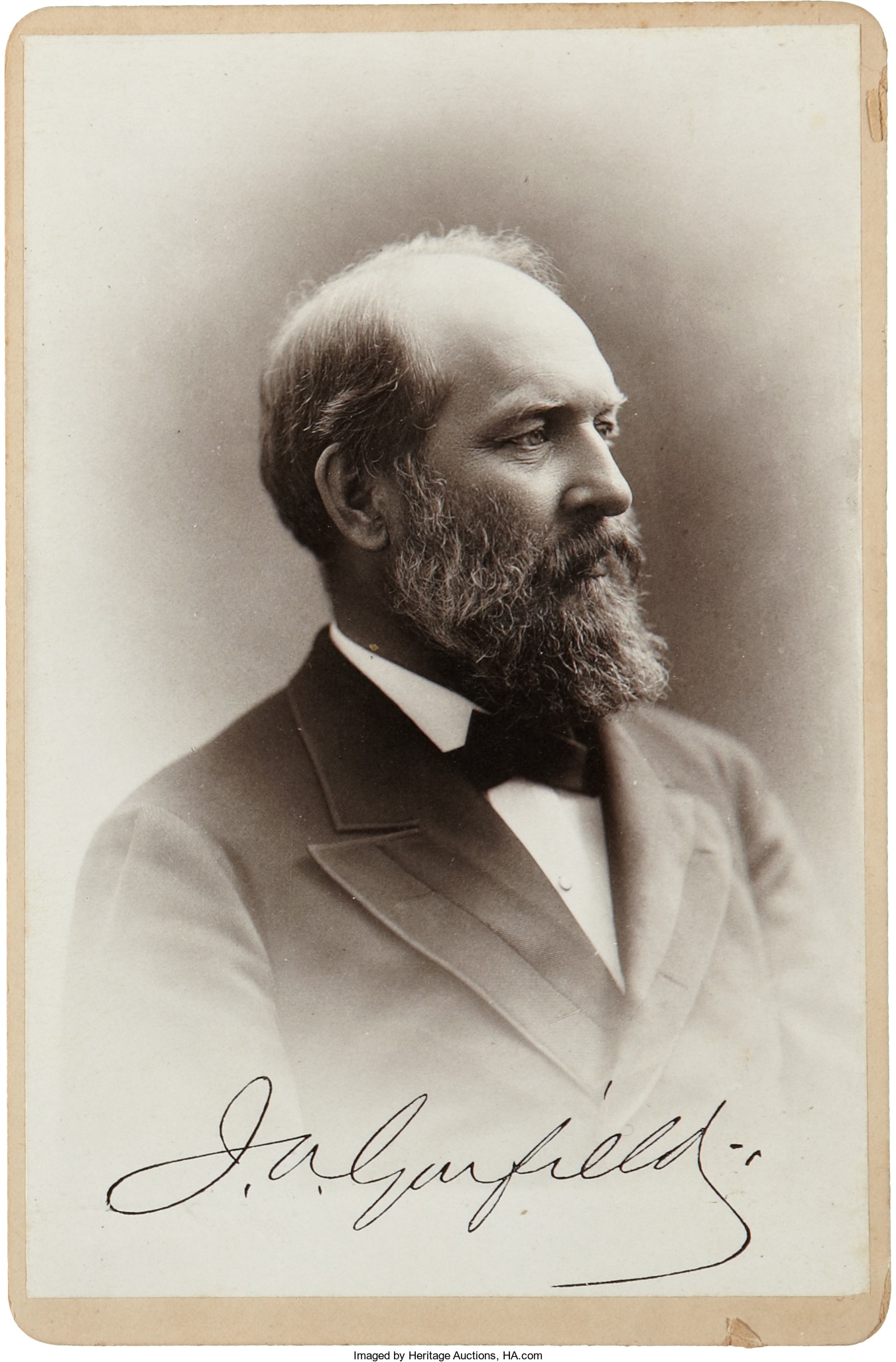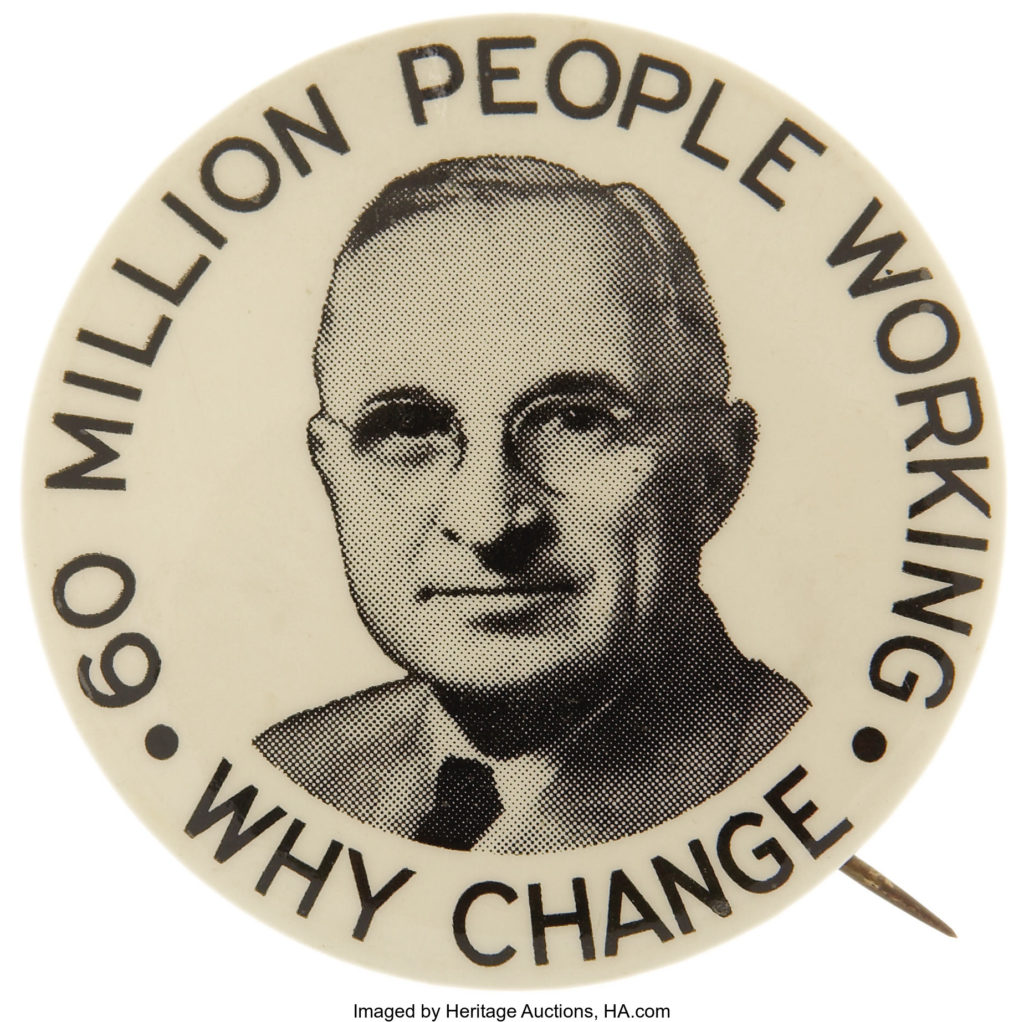
By Jim O’Neal
When Franklin Roosevelt died on April 12, 1945, Harry Truman became the seventh vice president to move into the Oval Office after the death of a president. Truman had been born during the White House years of Chester Arthur, who had followed James Garfield after his assassination (1881). And in Truman’s lifetime, Teddy Roosevelt and Calvin Coolidge had ascended to the presidency after the deaths of William McKinley (1901) and Warren Harding (1923). However, none of these men had been faced with the challenges awaiting the plainspoken Truman.
FDR had been a towering figure for 12 years, first leading the country out of the Great Depression and then deftly steering the United States into World War II after being elected a record four times. Unfortunately, Truman had not been involved in several important decisions, and was totally unaware of several strategic secrets (e.g. the development of the atom bomb) or even side agreements made with others, notably Winston Churchill. He was not prepared to be president.
Even the presidents who preceded FDR tended to exaggerate the gap in Truman’s foreign-relations experience. Woodrow Wilson was a brilliant academic and Herbert Hoover was a world-famous engineer. There were enormously important decisions to be made that would shape the world for the next half century. Even Truman had his sincere doubts about being able to follow FDR, despite the president’s rapidly failing health.
The significance of these decisions has gradually faded, but for Truman, they were foisted upon him in rapid order: April 12, FDR’s death; April 28, Benito Mussolini killed by partisan Italians; two days later Adolf Hitler committed suicide; and on April 29, German military forces surrendered. The news from the Pacific was equally dramatic as troop landings on the critical island of Okinawa had apparently been unopposed by the Japanese. It was clearly the apex of optimism regarding the prospects for an unconditional surrender by Japan and the welcomed return of world peace.
In fact, it was a miracle that turned out to be a mirage.
After victory in Europe (V-E Day), Truman was faced with an immediate challenge regarding the 3 million troops in Europe. FDR and Churchill did not trust Joseph Stalin and were wary of what the Russians would do if we started withdrawing our troops. Churchill proved to be right about Russian motives, as they secretly intended to continue to permanently occupy the whole of Eastern Europe and expand into adjacent territories at will.
Then the U.S. government issued a report stating that the domestic economy could make a smooth transition to pre-war normalcy once the voracious demands from the military war-machine abated. Naturally, the war-weary public strongly supported “bringing the boys home,” but Truman knew that Japan would have to be forced to quit before any shifts in troops or production could start.
There was also a complex scheme under way to redeploy the troops from Europe to the Pacific if the Japanese decided to fight on to defend their sacred homeland. It was a task that George Marshall would call “the greatest administrative and logistical problem in the history of the world.”
Truman pondered in a diary entry: “I have to decide the Japanese strategy – shall we invade proper or shall we bomb and blockade? That is my hardest decision to date.” (No mention was made of “the other option.”)
The battle on Okinawa answered the question. Hundreds of Japanese suicide planes had a devastating effect. Even after 10 days of heavy sea and air bombardment on the island; 30 U.S ships sunk, 300 more damaged; 12,000 Americans killed; 36,000 wounded. It was now obvious that Japan would defend every single island, regardless of their losses. Surrender would not occur and America’s losses would be extreme.
So President Truman made a historic decision that is still being debated today: Drop the atomic bomb on Japan and assume that the effect would be so dramatic that the Japanese would immediately surrender. On Aug. 6, 1945, “Little Boy” was dropped on Hiroshima with devastating effects. Surprisingly, the Japanese maintained their silence, perhaps not even considering that there could be a second bomb. That second bomb – a plutonium variety nicknamed “Fat Man” – was then dropped two days ahead of schedule on Aug. 9 on the seaport city of Nagasaki.
No meeting had been held and there was no second order given (other than by Enola Gay pilot Paul Tibbets). The directive that had ordered the first bomb simply said in paragraph two that “additional bombs will be delivered AS MADE READY.” However, two is all that was needed. Imperial Japan surrendered on Aug. 15, thus ending one of history’s greatest wars.
 Intelligent Collector blogger JIM O’NEAL is an avid collector and history buff. He is president and CEO of Frito-Lay International [retired] and earlier served as chair and CEO of PepsiCo Restaurants International [KFC Pizza Hut and Taco Bell].
Intelligent Collector blogger JIM O’NEAL is an avid collector and history buff. He is president and CEO of Frito-Lay International [retired] and earlier served as chair and CEO of PepsiCo Restaurants International [KFC Pizza Hut and Taco Bell].

